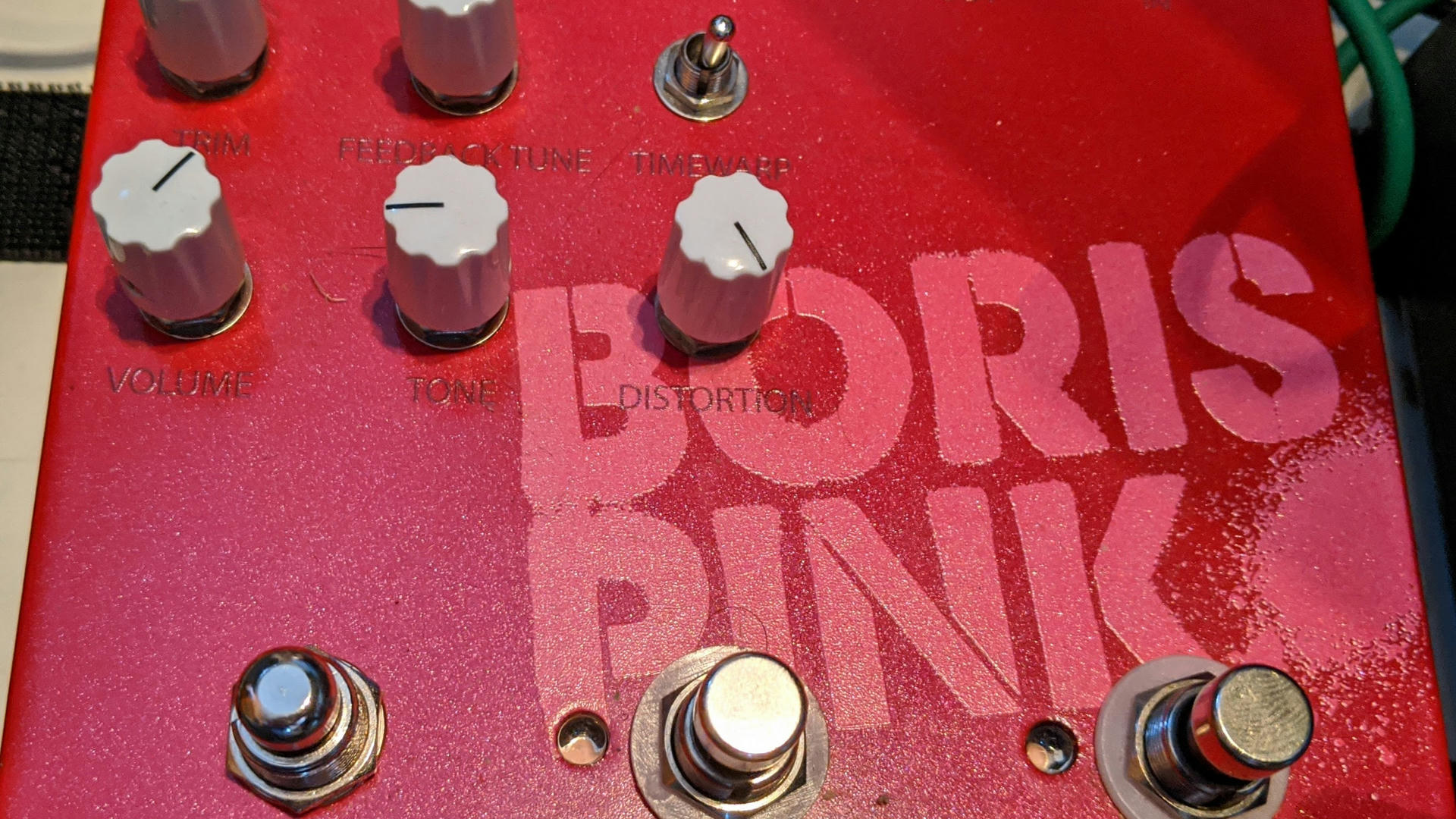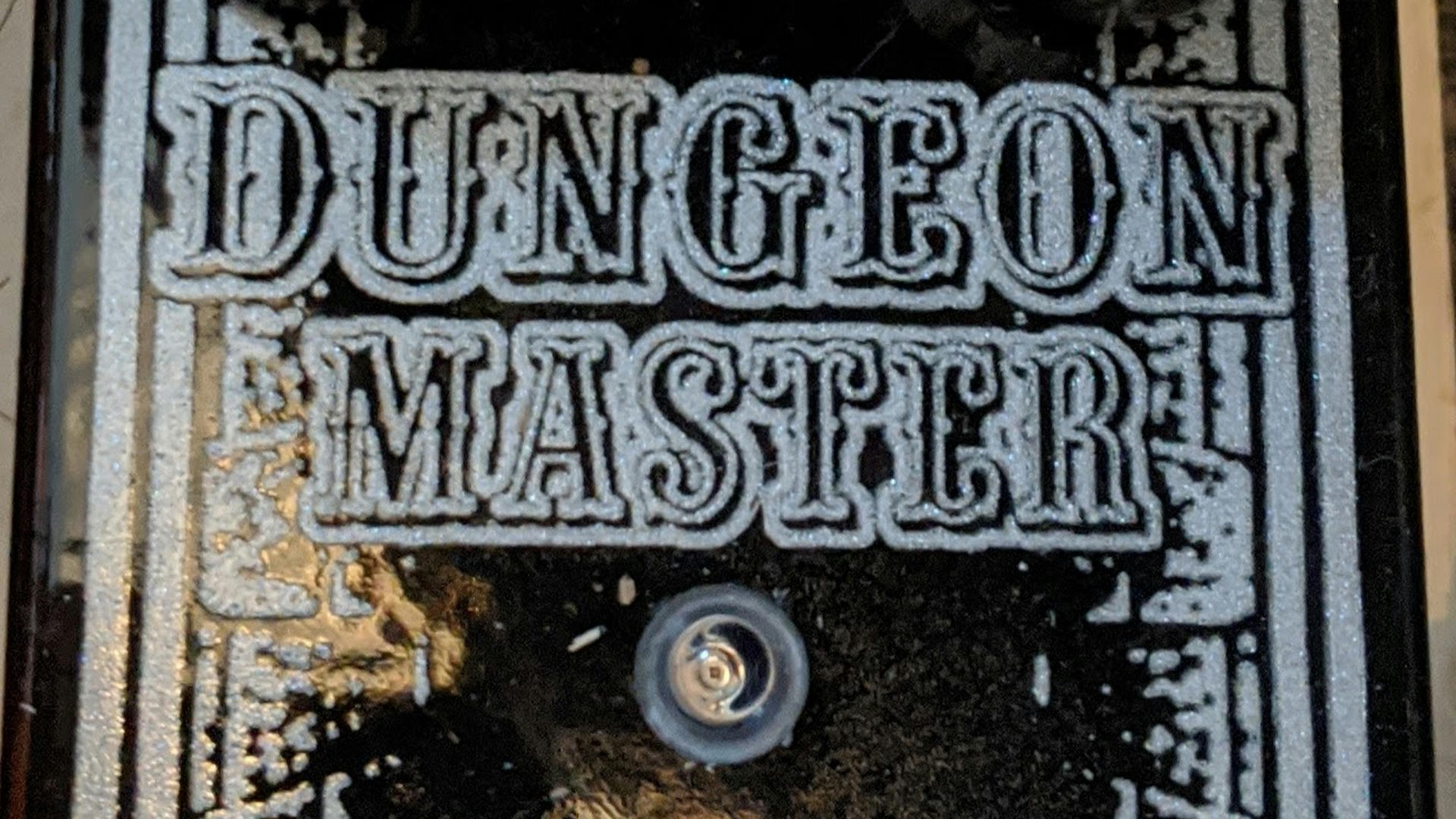Recently, 3SigmaAudio (3SA) updated their bowed strings impulse response packs to include impulse responses (IRs) intended for full-electric instruments. Previously, they were intended for acoustic-electric only. However, I am a grade-A certified stubborn dumbass who would never let that stop me, so I've long since been using their acoustic-electric impulses and heavily modified them for my violin. Today though, I finally got around to trying out the new versions.
What the hell would a violinist use an impulse response for?
Part of the way I get my violin to work well through guitar distortions and amplifiers and speaker cabinets is by first making my violin signal sound "mic'd" in a way before it goes into any other part of the signal chain. I do this by using impulse responses designed to take a piezo sound and map that frequency range roughly to the frequency range of a mic'd acoustic instrument, including the requisite resonances of the acoustic body and all that.
A lot of the time, if someone plays acoustic violin (and especially classically trained violinists do this) then when they pick up an electric violin for the first time, their immediate response is "holy shit. This sounds like crap." And as far as I'm concerned, they're right. The problem is that the sound coming out of an electric violin is like holding your ear to the bridge of a violin with the body removed. You get all the noise of the bow rubbing against the strings and none of the warmth of the wooden body resonating with the movement of the strings.
Impulse responses can fix that, as far as the process is linear. This is a technical term for how some musical effects can be simulated by impulse responses and some can't; mathematically, it's a particular class of functions which satisfy a few particular criteria. If a function satisfies or almost satisfies those criteria, then it can be represented (or approximated) by an impulse response. Reverbs, EQs/filters, and delays are a few good examples of this. Guitarists like to use IRs for simulating the response of a speaker cabinet being recorded by a particular microphone setup. (Just in case you're unaware, speaker cabinets are a crucial part of guitar tone.) So if you think about it, the resonance of an acoustic instrument's body with the strings is kind of like a reverb/filter-y thing, and a lot like a resonating speaker cabinet, and therefore you can simulate it (or get close) with an IR.
Examples!
I'll be doing more IR comparisons in the future to really show what an IR can do for you, but today we're not going to compare dry signal, just my current custom IR with one of the new 3SA ones.
Since I play a 7-string electric violin (kinda like a shoulder cello dropped down a half-step) I strongly prefer cello-derived IRs because of the warm low-end they produce. Violin/viola IRs tend to cut off the low-end of my B-flat and F strings. The two IRs we'll be comparing here are my custom IR that I put together a few years ago, which is a heavily edited version of one of the 3SigmaAudio electric-acoustic cello IRs with a ton of mud and low-end scooped out, and then a very slightly edited version of the French Cello electric variant IR, named V3 1A in the files you get from 3SA's download. This is my favorite of the new 3SA ones; yours might be different.
To explain a little, since I often play into distortion, I have to scoop out low-end and mud frequencies in order to tune how distortion interacts with my violin technique. With too much low-end in the signal, distortion gets "farty" and indistinct, and you often can't quite tell when one note ends and another begins. With enough low-end scooped out, you start to approach that kind of metal guitar chugga-chugga zone, which is roughly where I want to be, on the sludgier side. For cleans, having a ton of low-end sounds super nice and warm and beautiful though. And a very thin signal with little low-end sounds scratchy and dry.
Guitarists often handle this by switching between their bridge and neck pickups, where the bridge pickup is naturally more mid-focused with less low-end and the neck pickup is bassier. Sometimes this isn't enough of a low-cut for them, though, and this is where the "tube screamer trick" comes in, where you use an overdrive pedal to cut some low-end out of the signal, focus on the mid frequencies, and then boost the shit out of your amplifier to piss it off. We could absolutely do that trick here, but for my personal tastes, I find that it boosts a little too much high mid-range frequencies and can draw a bit too much attention to some nasty frequencies associated with the violin bow. Instead, what I'm trying today is a kind of imitation of bridge/neck pickup switching, implemented by blending/switching between impulse responses.
Signal chain
We're going from my violin, a Jordan 7-string electric with a Barbera Twin Hybrid pickup, into the IR, then any distortion effects I list before the clips, and then into the clean channel of my tube amplifier, a Hovercraft Falcon 50. In the room, it's feeding a pair of Orange PPC412s loaded with Celestion V30s; you're listening to a line out taken from the power output of the Hovercraft and run into my DAW, where I'm applying the Ownhammer ORNG OH1-05 impulse response. For clips with plate reverb, it's the Arturia Rev PLATE-130, mixed in quite low (-12dB) and with a short to middling decay time.
Clean/no reverb comparison
"SL Chonk.wav" IR, thin and designed for distortion:
My edited "FCE V3 1A.wav" IR, thick and designed for cleans:
Without reverb, both of them sound very flat and a bit lifeless, even ignoring my uninspired little test phrase.
Clean/with a bit of stereo plate reverb comparison
"SL Chonk.wav" IR, thin and designed for distortion:
My edited "FCE V3 1A.wav" IR, thick and designed for cleans:
With this, the thin IR sounds a lot more like a "real" string instrument. Part of this is because we almost always hear violins/violas/cellos/bowed strings in general played in halls/rooms with nice reverbs. Reverb is part of the sound of a clean bowed string instrument, whether we notice it or not, whether we like it or not.
Dirty as all fuck
This clip is a bit different. First, my Dwarfcraft Eau Claire Thunder is added to the signal chain, before my amplifier and after the IRs. If you don't know what this pedal is, it's essentially a modded Green Russian Big Muff fuzz. Distortion all the way up, tone at 9 o'clock (on a regular Big Muff the tone is the other way around, so 3 o'clock.)
I play first through a blend of 75% "Chonk" IR with 25% FCE IR blended in, which then runs into the Eau Claire. Then, halfway through, I switch to 100% FCE. Take a listen:

Here, you would never notice the lack of low-end that comes without the distortion. Distortion tends to flatten out the frequency range of a signal, so really by cutting low-end before distortion you're just reducing how much the low-end gets distorted and not how much low-end ends up in the final signal. Though if you cut enough low-end you will still end up reducing output low-end.
Instead of low-end vs. no low-end, one signal has much more bite and attack to it and the other sounds like nonstop bad gas. Both of these sounds are useful in context I feel, but often you'll want that bite and articulation, especially when you want to stand out against a bass guitar and drums and maybe more guitars and/or heavily distorted violins.
Now let's try it with my Idiotbox Effects Dungeon Master. The Dungeon Master is a very gnarly, dark sounding fuzz with an octave bite to it. Circuit-wise, it's a bit like a Superfuzz with an HM-2's nasty EQ on it. The HM-2 EQ is, of course, dimed (both knobs at 10.) Same deal with the 75% Chonk and 100% FCE:

It's super dark but overall it does the same thing as the Eau Claire. The "Chonk" IR is clearer and has more articulation/a bite to the start of each note, while the FCE IR has a much more blooming farty sound to it. Again, both useful in their own contexts I think, but one helps you stand out more in a mix and the other doesn't as much.
Now for a little fun, I placed my SS/BS Mini after the Dungeon Master with some odd settings: gain at 0, volume dimed, bass EQ knob 3 o'clock to let all that low-end through, treble maxed to get some extra high-end aggression, and most importantly, the Mini's bias knob turned down just a bit to 10 o'clock. So, we're just using the Mini as a sort of sweetener, in a way. Take some of that low-end and get a buzzy, velcro-fuzzy little bit of overdrive from it to restore a bit of high-end and make it a little less grunty-sounding. Enough talk, have at you:

Sounds pretty awful. I love it. With the extra brightness, the FCE IR part tends to be a little more usable in a mix. I think my Mini is my new go-to make-anything-more-aggressive-sounding pedal with these settings on it.
Conclusion
The takeaway here is that I like the new versions of the 3SA IRs and I think that they sound better for clean stuff, but without some extra processing they have too much low-end to work well with dirtier tones. Also, distortion is fucking awesome. Send me a message if you want to know more, I'm always happy to talk!
